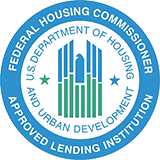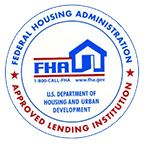15 or 30 years
The industry standard mortgage product in the United States is the 30-year fixed-rate mortgage, which is used by more than 85% of homebuyers. However, the 15-year fixed-rate mortgage has been gaining traction, as it can be a smart way to save thousands in interest charges over the term of your loan. Here's a comparison between the pros and cons of each loan term, so you can decide which one is best for you.
When to consider a 15-year fixed-rate mortgage
The main draws of 15-year fixed-rate loans are their lower interest rates and the fact that they’ll be paid off more quickly. Like any fixed-rate loan, they also offer stability; the monthly payment won’t change no matter what happens to inflation or market interest rates.
But the monthly payment will be much higher than that of a 30-year loan for the same property due to the shorter term, and that will make it harder to qualify for the loan.
When to consider a 30-year fixed-rate mortgage
You can likely claim a sizable tax deduction based on interest payments for your 30-year loan, especially in the early years, when most of your payments go toward interest. And because it’s a fixed-rate loan, you’ll pay the same amount every month.
However, if you don’t plan to stay put for several years, or if you want a lower rate, a 15-year fixed-rate mortgage or an adjustable-rate mortgage might be a better option.







